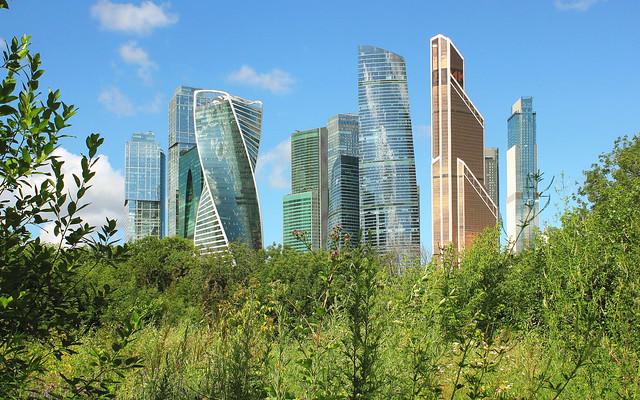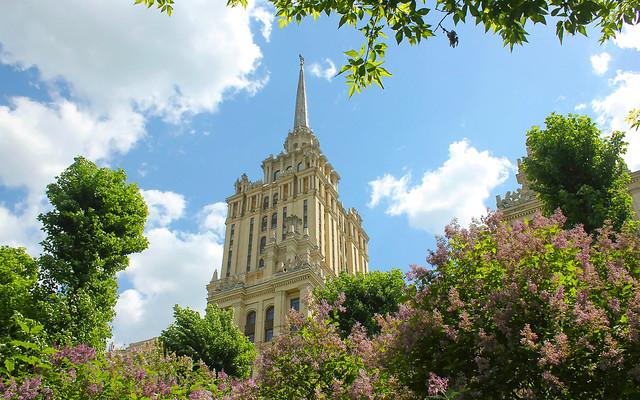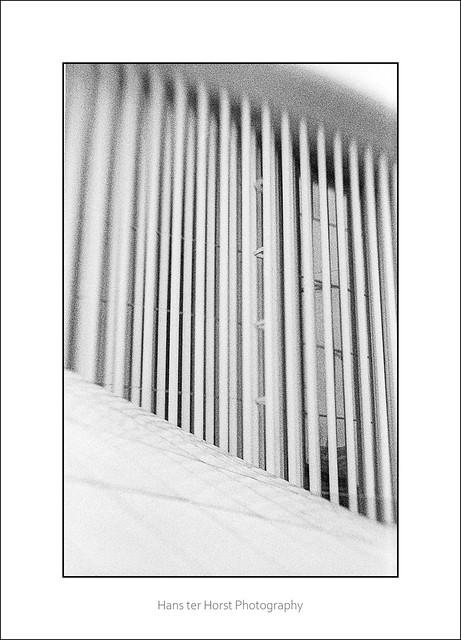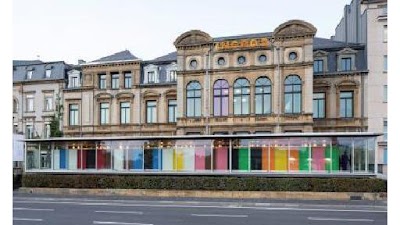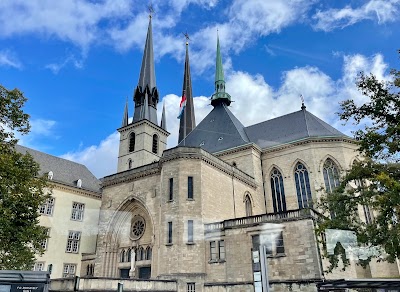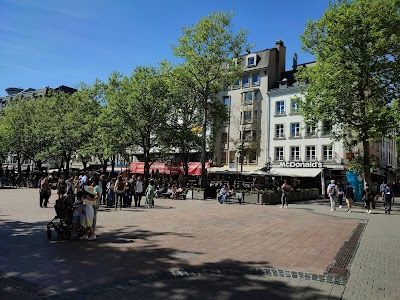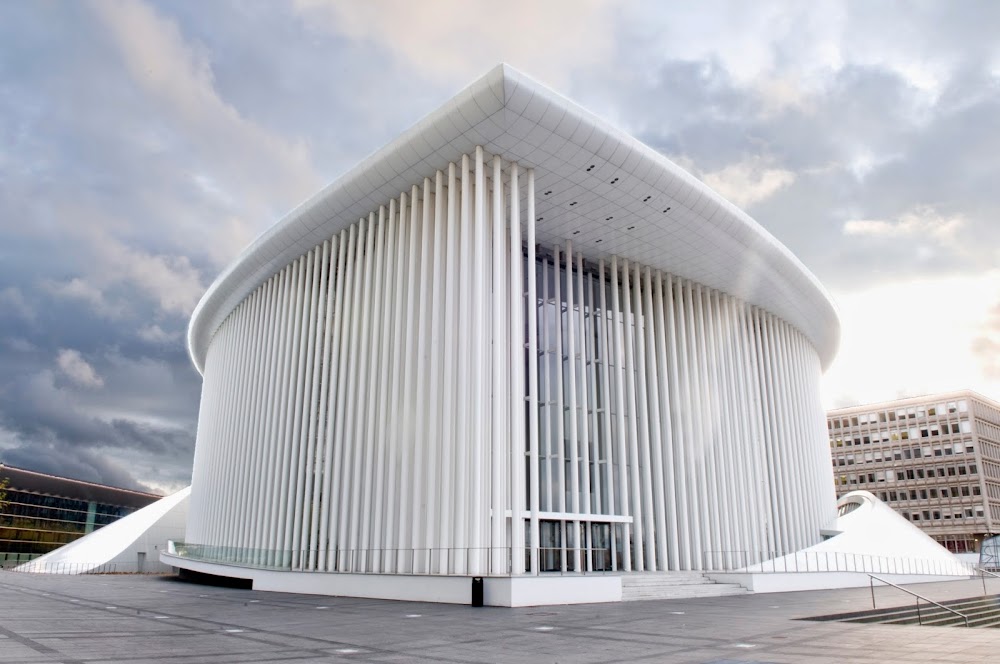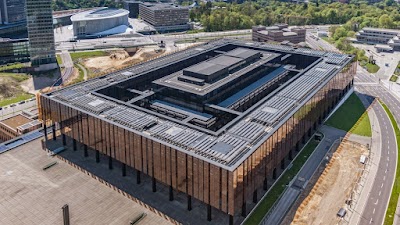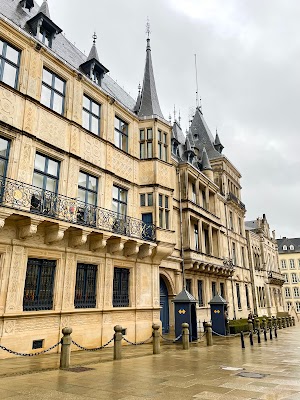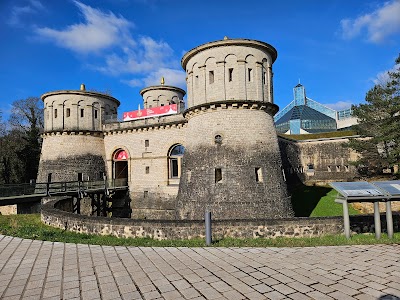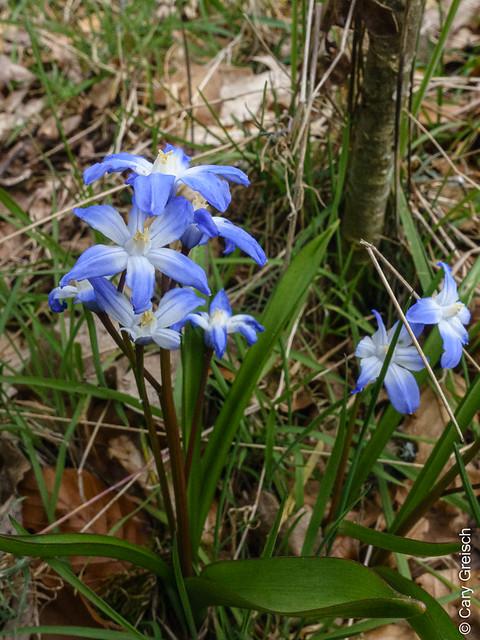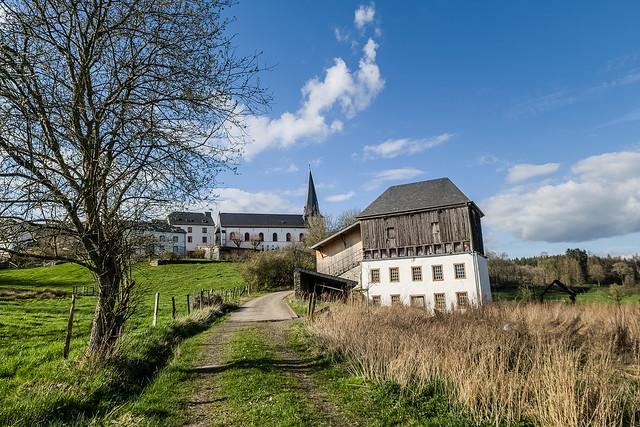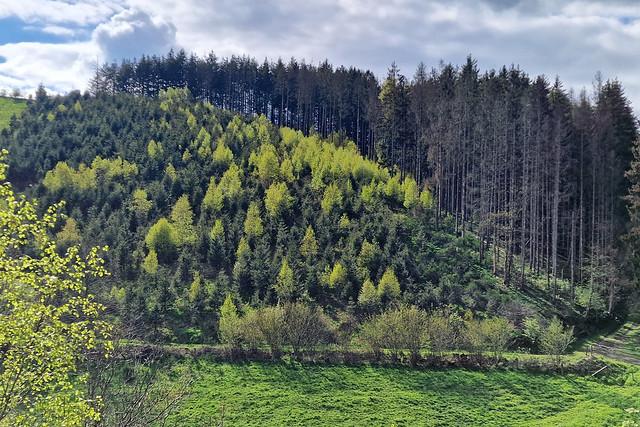Luxembourg District
Overview
Geographical Overview
Luxembourg District is a picturesque region located in the heart of Europe, bordered by Belgium, Germany, and France. It is characterized by its rolling hills, dense forests, and charming villages, making it an idyllic setting for outdoor enthusiasts and nature lovers. The district is known for its lush landscapes, where the Alzette River winds through the valleys, providing stunning views and ample opportunities for hiking and cycling. With a mix of urban and rural settings, Luxembourg District offers a unique blend of city life and tranquil countryside.
Cultural Richness
The culture of Luxembourg District is a fascinating tapestry woven from various influences due to its strategic location and historical significance. The district is home to the capital city, Luxembourg City, which boasts a vibrant arts scene, reflecting the country's multicultural heritage. Visitors can explore the Grand Ducal Palace, where the Grand Duke of Luxembourg resides, and immerse themselves in the rich history of the city. The district hosts numerous festivals throughout the year, such as the Lëtzebuerg City Museum's exhibitions and the vibrant Christmas markets, showcasing local craftsmanship, gastronomy, and traditions that highlight the festive spirit of the region.
Historical Significance
Luxembourg District is steeped in history, with remnants of its past visible in its architecture and landmarks. The old town of Luxembourg City, a UNESCO World Heritage Site, features impressive fortifications, winding streets, and ancient churches that date back to the Roman era. Notable sites include the Bock Casemates, a network of tunnels carved into the rock that once served as a fortress. The district also played a significant role during World War II, with many historical sites commemorating the sacrifices made during the conflict, such as the American Cementery Memorial and the Luxembourg Resistance Museum.
Local Characteristics
The atmosphere in Luxembourg District is welcoming and friendly, with a strong sense of community among its residents. The local cuisine reflects the district's diverse influences, featuring hearty dishes like Judd mat Gaardebounen (smoked pork with broad beans) and Gromperekichelcher (potato cakes). Visitors can enjoy these local delicacies in traditional restaurants or during the vibrant food festivals held throughout the year. The district also prides itself on its multilingualism, with Luxembourgish, French, and German commonly spoken, making it easier for travelers to communicate and connect with locals.
Modern Attractions
In addition to its historical charm, Luxembourg District is home to modern attractions that cater to contemporary tastes. The district boasts a lively shopping scene, particularly in Luxembourg City, where chic boutiques and international brands line the streets. For those interested in the arts, the Philharmonie Luxembourg offers world-class concerts and performances. The city’s contemporary art scene is also thriving, with the MUDAM (Museum of Modern Art) showcasing innovative exhibitions and installations that reflect current trends and societal themes.
Outdoor Activities
For nature lovers, Luxembourg District provides a plethora of outdoor activities. The Mullerthal region, often referred to as "Little Switzerland," is renowned for its breathtaking hiking trails, unique rock formations, and lush forests. Cyclists can take advantage of the extensive network of cycling routes that connect various towns and villages, offering a scenic way to explore the countryside. Additionally, the district is dotted with picturesque parks and gardens, perfect for leisurely strolls or picnics, allowing travelers to unwind and soak in the serene environment.
Luxembourg District is a captivating destination that beautifully combines its rich history, vibrant culture, and stunning landscapes, providing travelers with a unique and memorable experience in the heart of Europe.
How It Becomes to This
History not available

Places in Luxembourg District
Explore the most popular attractions and landmarks
You May Like
Explore other interesting states in Luxembourg


